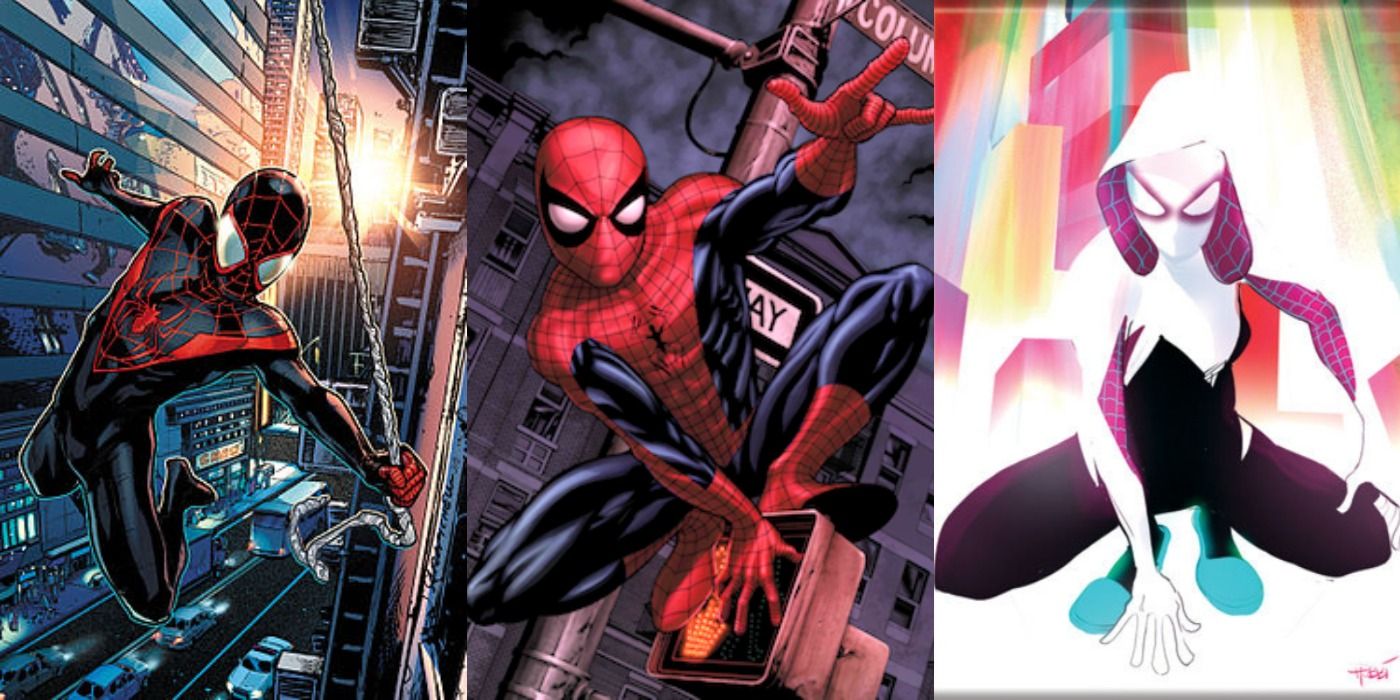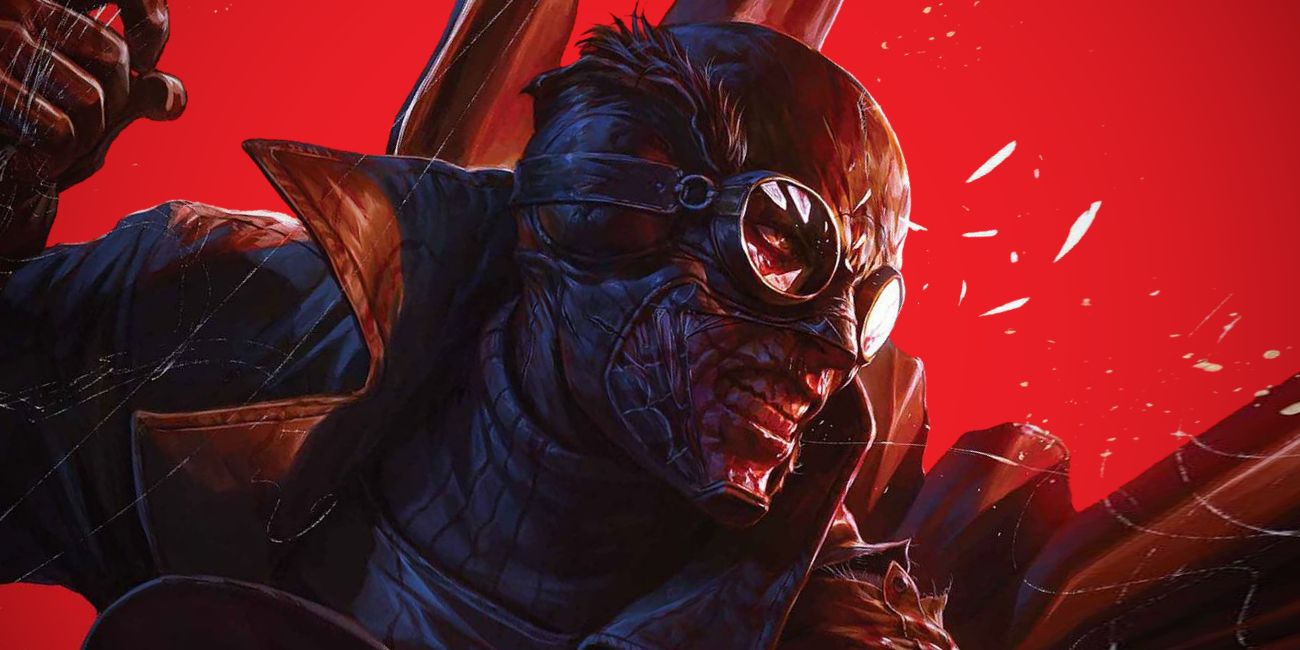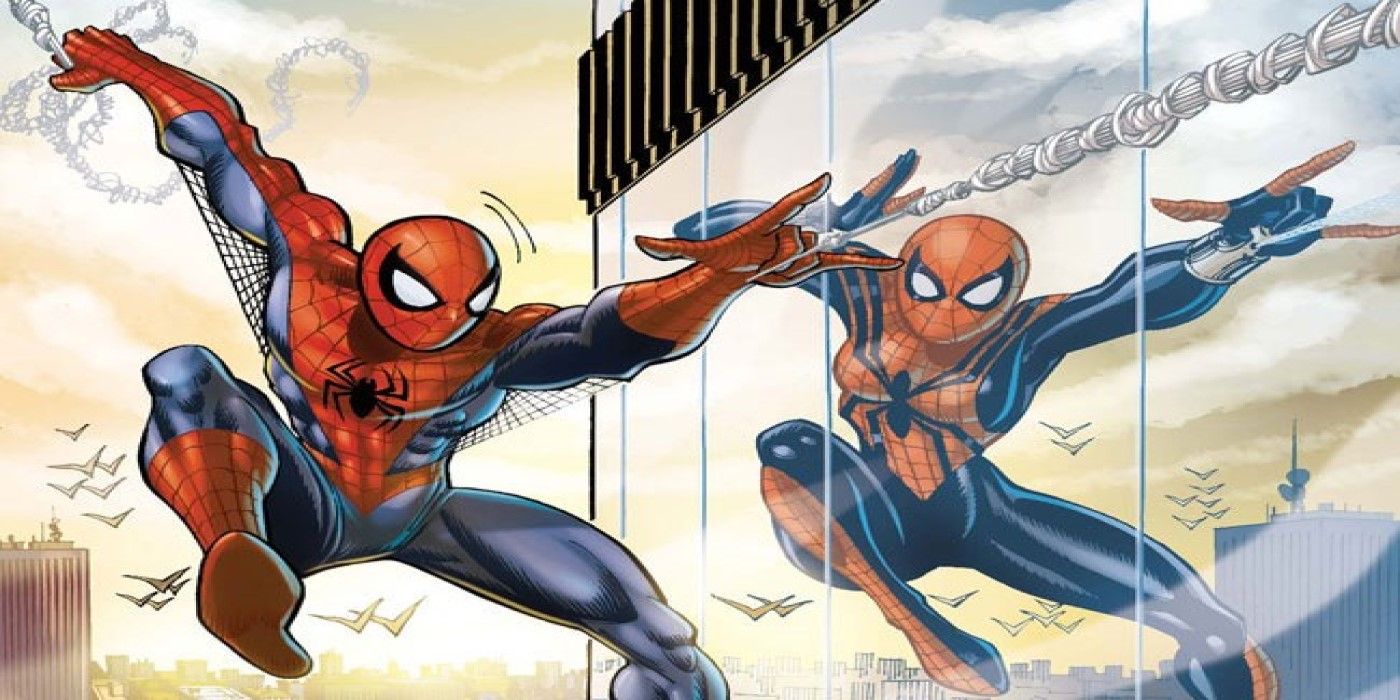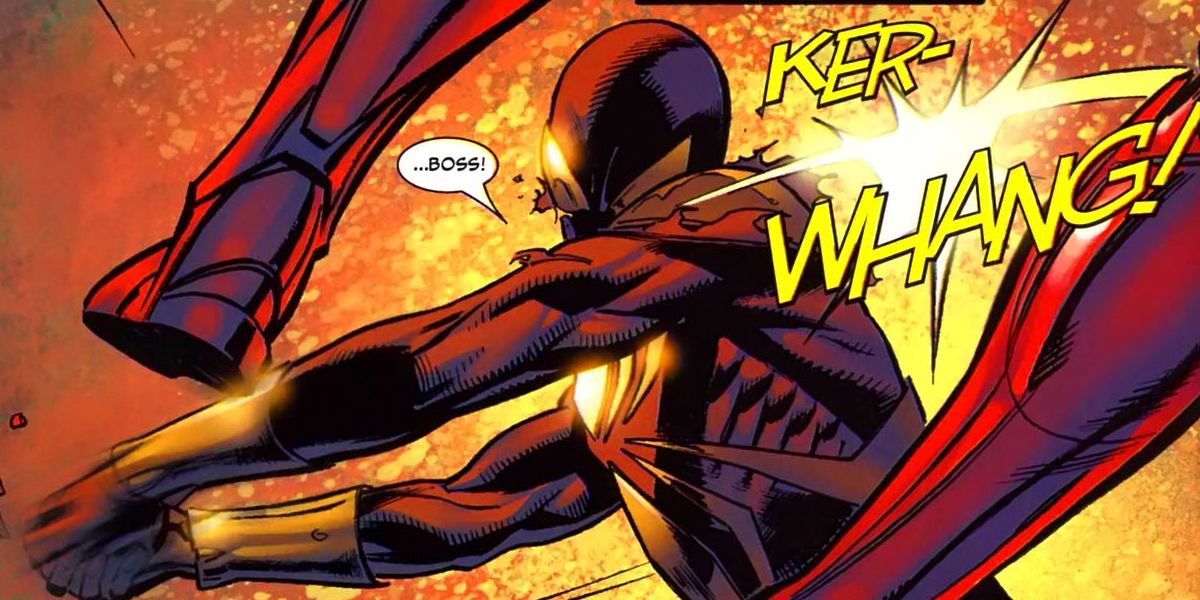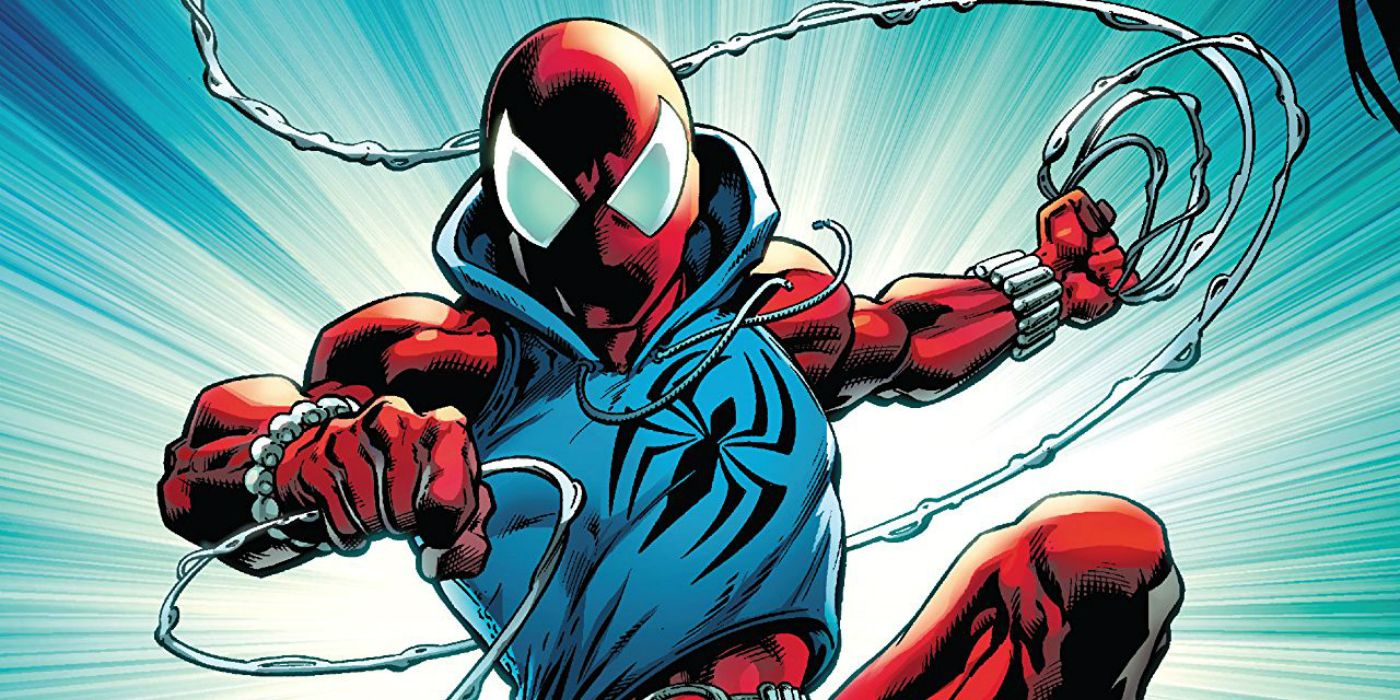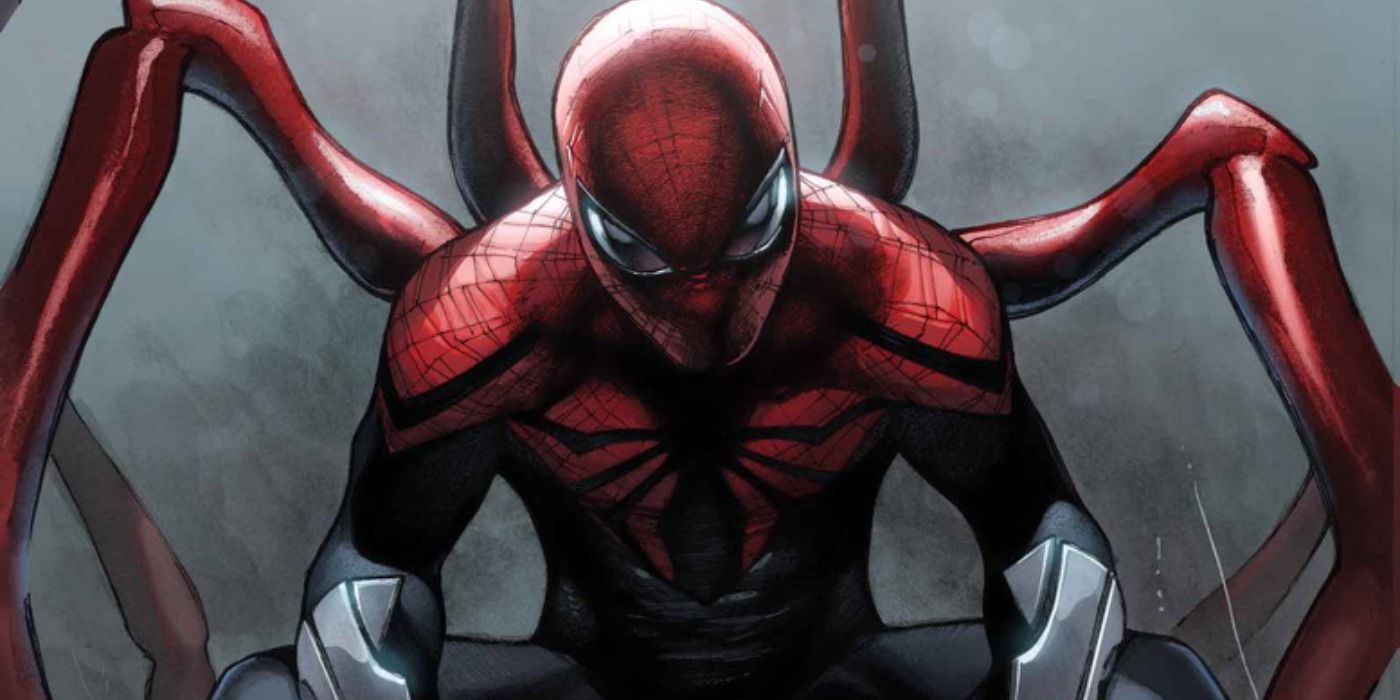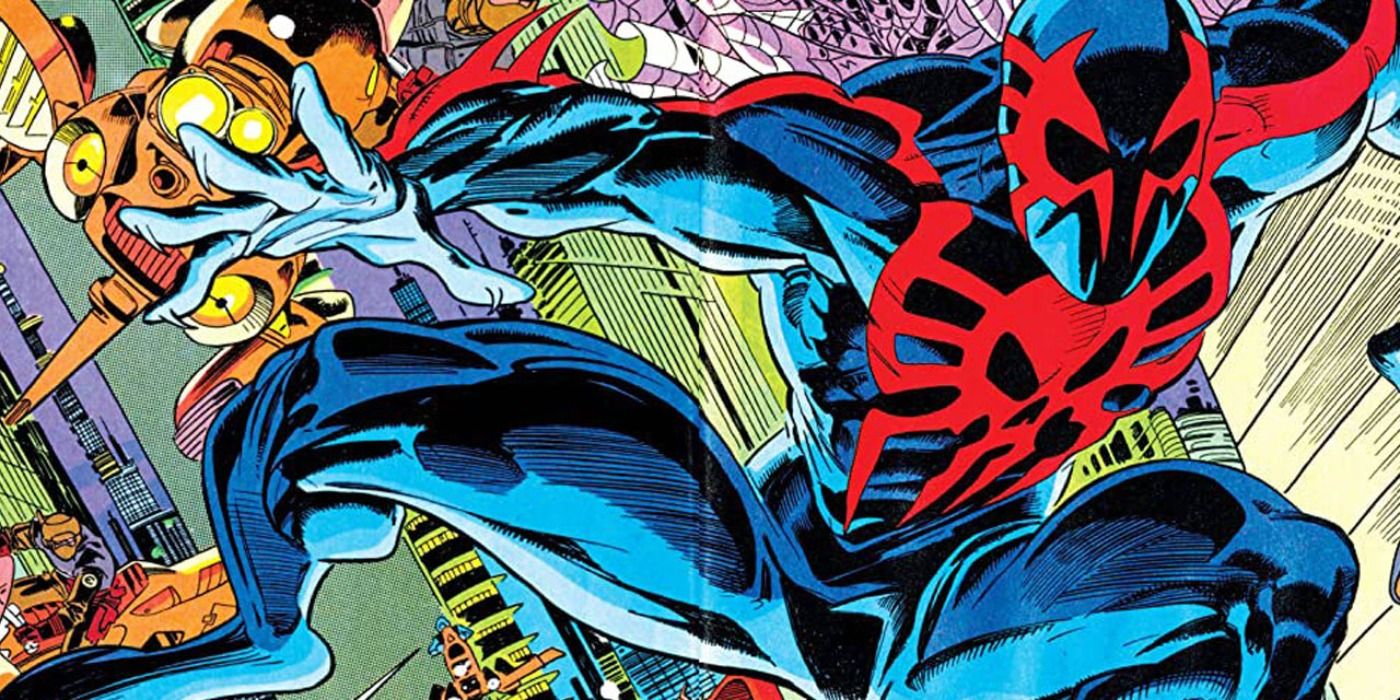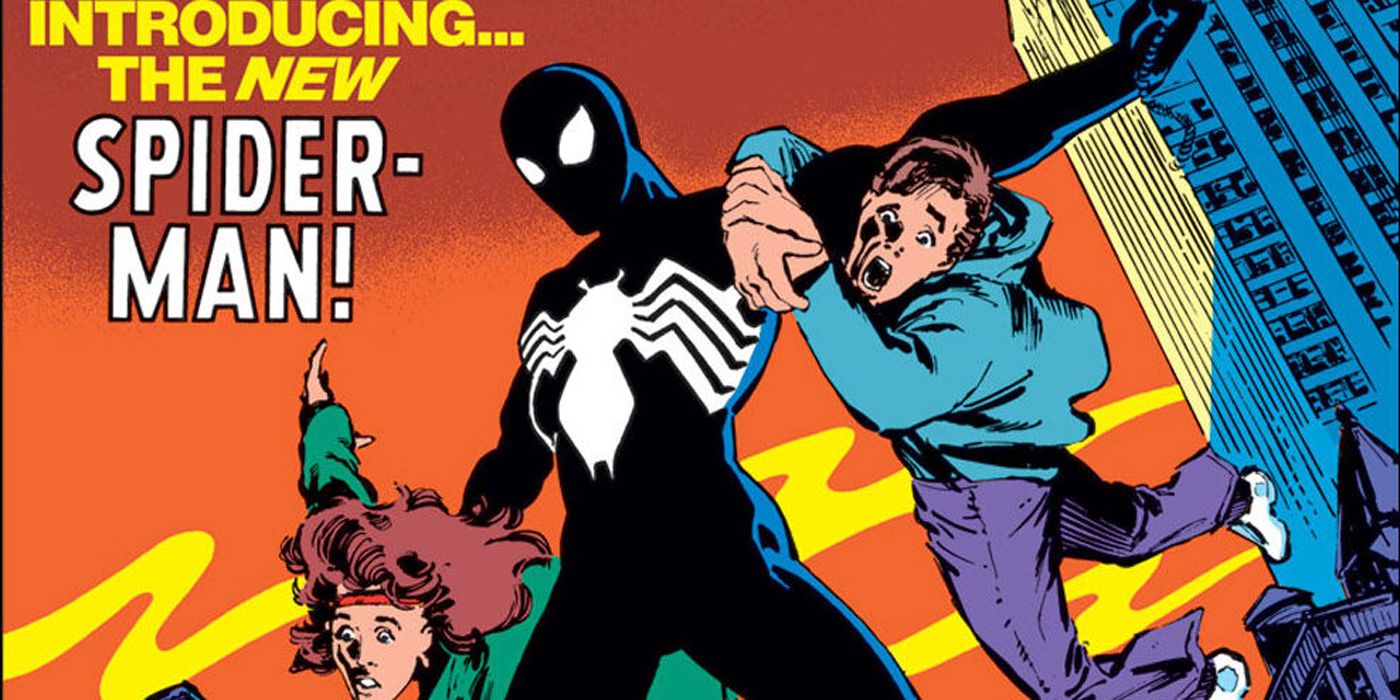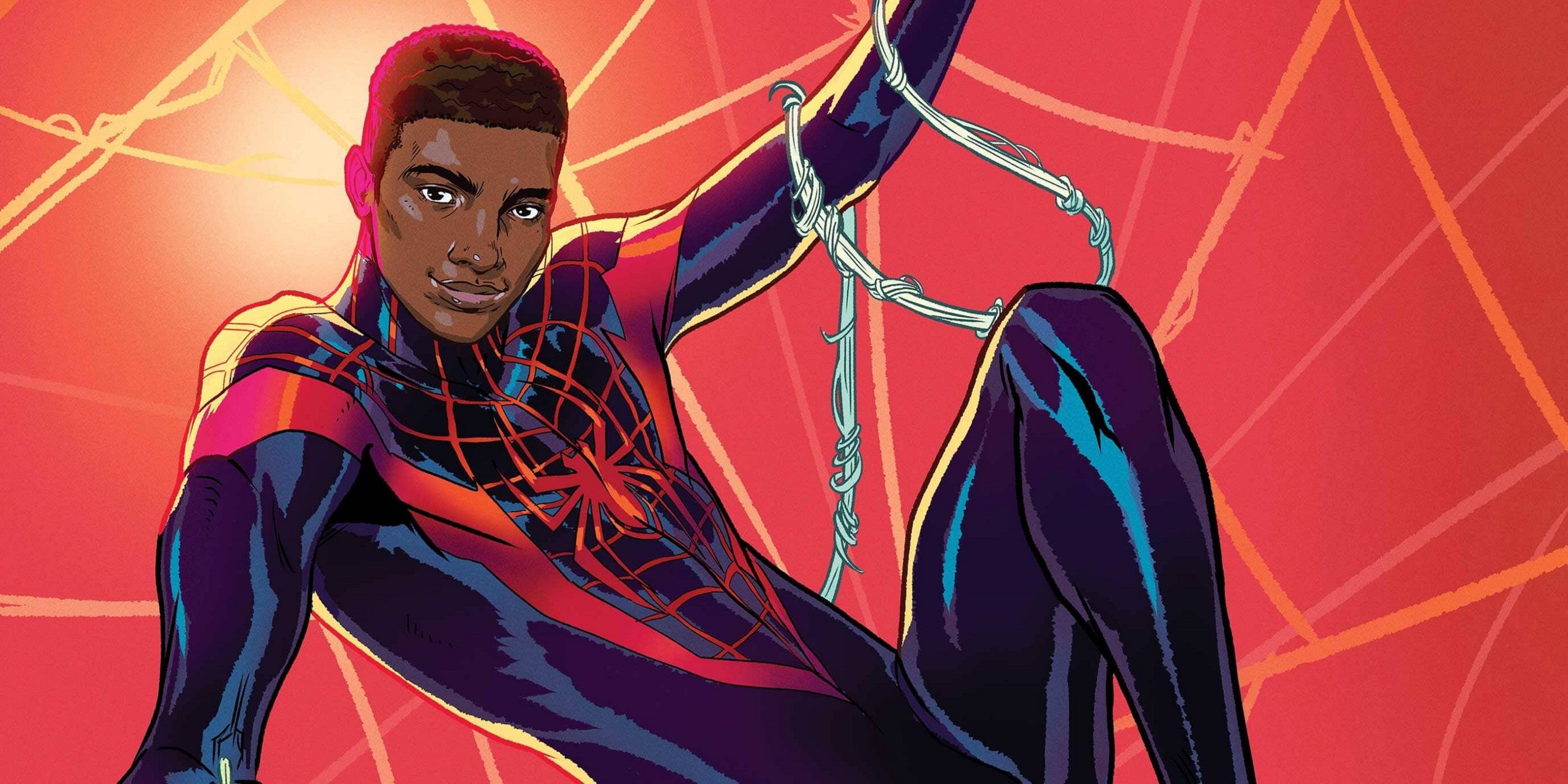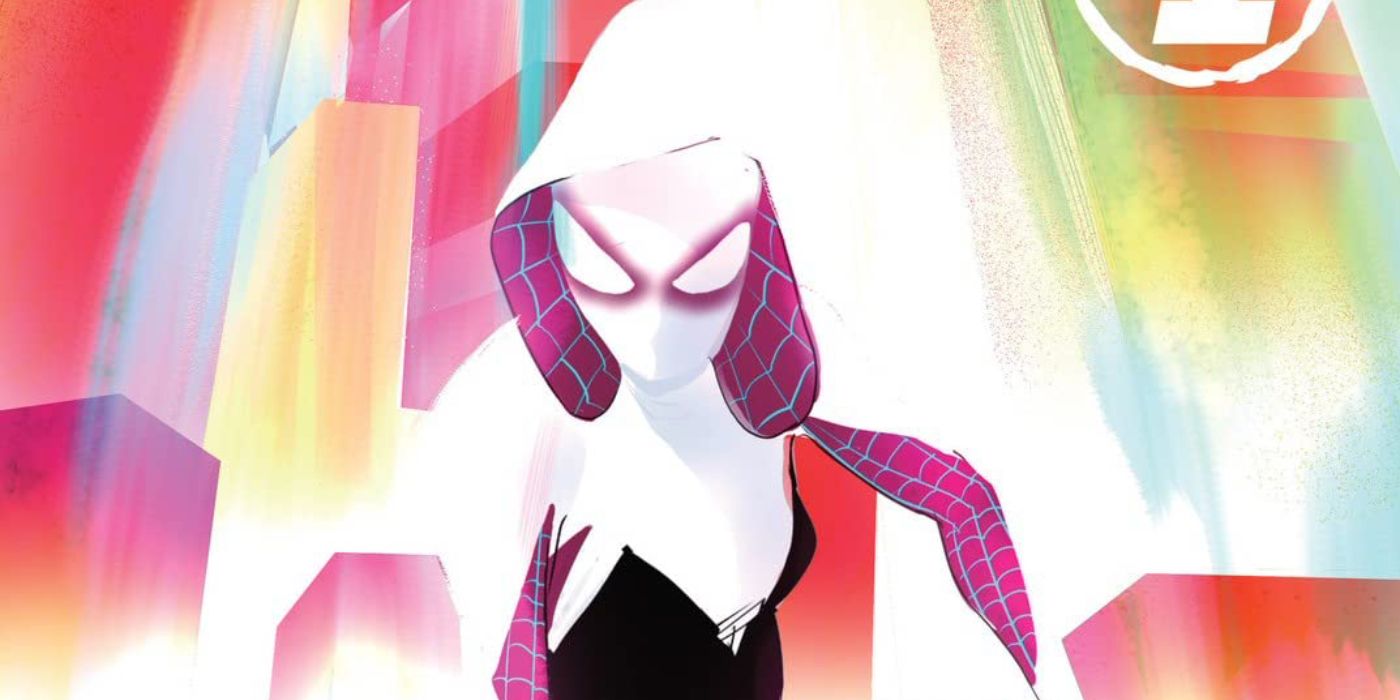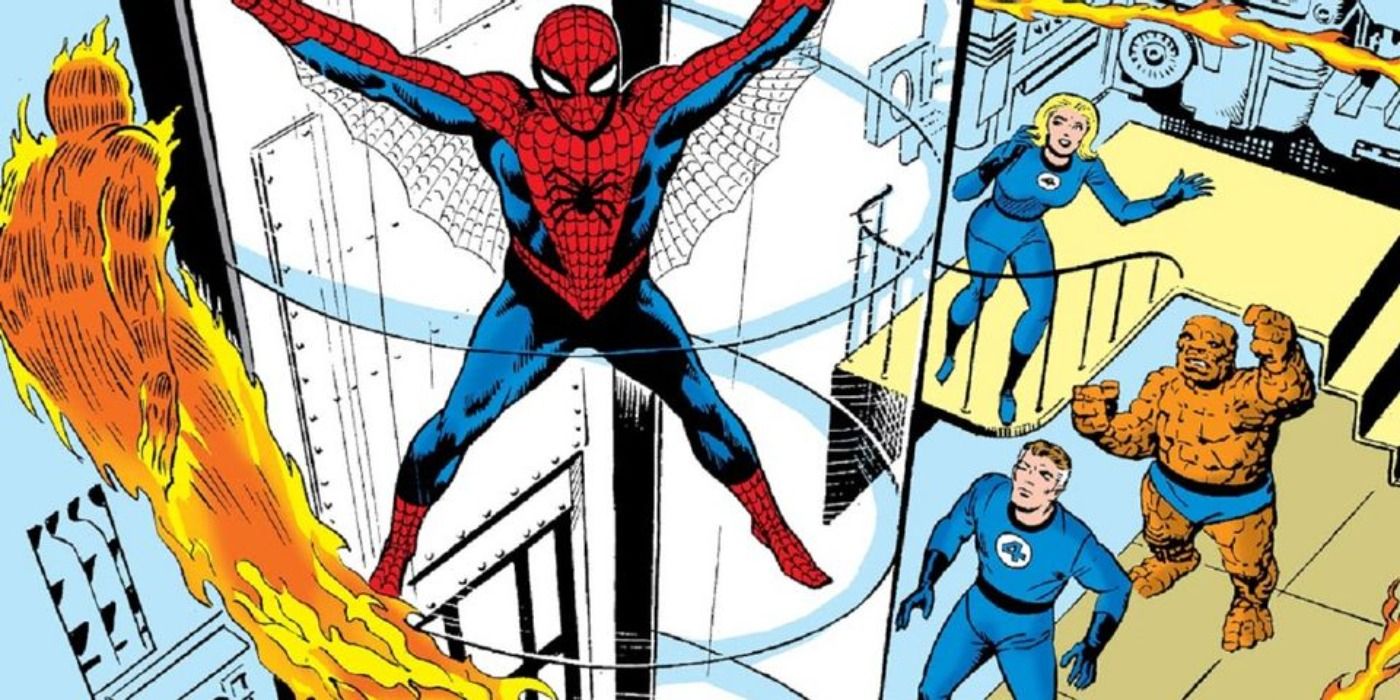Spider-Man: No Way Home brought together three different Spider-Men and three different takes on the superhero's iconic costume. All of them are different interpretations of the classic Silver Age design, but that is just one of the best Spider-Man costumes in Marvel Comics. Many others exist throughout the multiverse of the comics, including some that are equally famous in their own right.
The original Spider-Man suit designed by Steve Ditko allows for a great deal of interpretation by artists and has continued to evolve through different iterations both in the main Marvel universe of Earth-616 as well as others, like Earth-1610, the home of Miles Morales. All of them share common threads of design, but the best versions of the costume take the core concept to new and exciting places.
Spider-Man Noir
Spider-Man Noir has one of the most unique costumes of all the alternate versions of Spider-Man in the comics. He wears a long trenchcoat over an all-black suit that has more in common with Batman than Peter Parker's mostly unaccessorized Silver Age look.
He wears a formfitting mask with goggles and often a fedora that reinforces the allusion to Golden Age hero The Shadow. Spider-Man Noir is in many ways an homage to The Shadow and other crime-themed heroes of the early 20th century.
Spider-Girl
Initially, Mayday Parker uses the same suit her father wore when she became one of the best alternate versions of Spider-Woman in What If..? #105. She developed her own modern design later that was a bold reimagining of the classic Spidey suit.
When she became Spider-Girl in her own title, she wore a suit that had a striking bifurcated design that split the classic webbing motif from solid blue. Her spider emblem was also much larger and reminiscent of Ben Reilly's Spider-Man costume, but more centered.
Iron Spider
One of the best and most influential Spider-Man comic book suits is the Iron Spider. This armored version was designed by Tony Stark and gave Peter Parker the most protection and offensive capability he had ever had to that point.
The primary feature of the suit was its four tentacle arms, which could be used for attack, defense, and also scaling walls and other obstructions. The suit heavily influenced the MCU armored version, also developed by Iron Man in the movies.
Scarlet Spider-Man
The Scarlet Spider costume from the mid-90s represented one of the biggest departures in Spider-Man costume design. The contrast between the solid red and blue in the costume created a bold look and the hoodie was a practical, modern touch.
Ben Reilly's first Spider-Man costume also features advanced and upgraded web-shooters that introduced new capabilities like "stingers" that would foreshadow later abilities by the comic book Spidey and the MCU version as well.
Superior Spider-Man
The Superior Spider-Man costume borrows some design cues from the Iron Spider but takes them to frightening new places. That makes sense given this is actually one of the most powerful versions of Doctor Octopus in disguise as Peter Parker.
This is a more armored version of the traditional suit, as it had four tentacle arms with expanded capability. The hands and boots had retractable claws, and the suit had an integrated heads-up display that is very reminiscent of the Iron Man and Spider-Man MCU costumes.
Spider-Man 2099
Comic book fans know Spider-Man 2099 hails from the future, and his costume reflects a dramatically different reality for Spider-Man. The suit stands out for its use of Unstable Molecules, as well as a cape that echoed the web wings of the original suit.
The suit is instantly distinctive for its dramatic mask design that resembles Luchador masks. The costume also features a striking death's head motif as its emblem, melding into the classic spider design for a unique look.
Black Costume
The black costume is simple but also incredibly powerful in its design. Introduced in some of the best Spider-Man comics of the 1980s, the black costume takes the classic Spider-Man look and creates an iconic silhouette.
The suit is originally the alien symbiote that would become Venom, giving Peter Parker a broad range of capabilities he never had before. The suit could shapeshift, telepathically interact with Peter, and also deploy organic webbing instead of requiring web-shooters.
Miles Morales
Miles Morales' Spider-Man costume is a bold new design that incorporates some elements of others to create a signature look that is as recognizable as the original. The suit is also highly advanced, with upgraded web-shooters and the ability to mimic Miles' invisibility.
The red-and-black color scheme combined with the spider emblem descending into a chevron makes for one of the most effortlessly memorable Spider-Man costumes, and one that has been adapted wholesale into video games and animation.
Spider-Gwen
The Spider-Gwen costume is arguably one of the best costume designs of the modern era. Building off the classic Spider-Man web motif, it creates an instantly memorable look with the white and black contrast that inverts elements of earlier costumes.
The use of the hood also distinguishes her from other versions, especially in the interior lining. The purple web motif is particular to Gwen and like Miles, has created a look that other media have adapted without any significant changes, a testament to its strength as a design.
Spider-Man
The original Spider-Man suit designed by Ditko remains the best version and one of the best superhero costumes ever. The simplicity of the red and blue costume is paired with a very complicated web motif that has also lent a lot of flexibility to later interpretations.
Spider-Man's mask is defined by his large eyes, a design element that has allowed the suit to evolve under different artists as well as in different mediums. Though the core suit has never really changed from 1962, it's always evolving — a classic sign of a timeless look.

